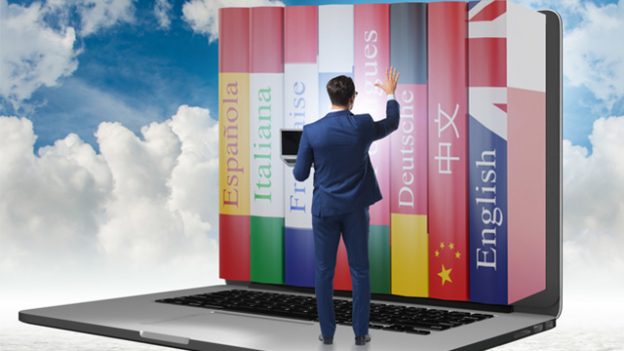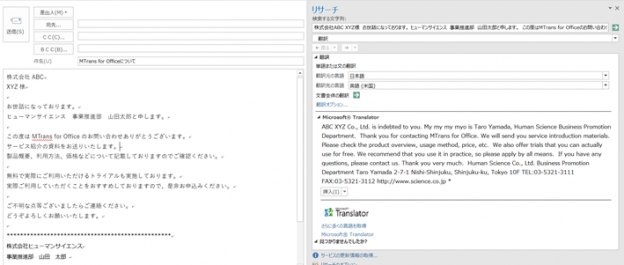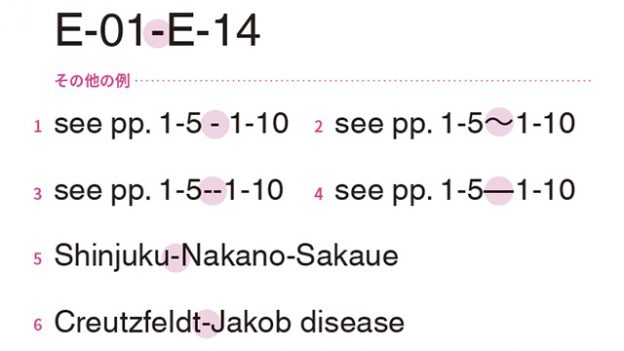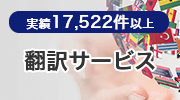
In a previous blog post, we introduced the importance of consideration for the parties who handle a translated work, aside from just the translator. As mentioned there, those others who are relevant to the translation process can generally be divided into three categories: the reader, the client, and subsequent processors. And understanding the needs and perspectives of these groups can elevate the quality and effectiveness of a translation immensely. In this post, we’re going to look at the needs of the client.
The Client
For both freelance translators and those who work for translation companies, translation jobs are almost always ordered by a client. And for in-house translators as well, the client could be considered the company for which the translator works. While one might think that a good and accurate translation of the source material would be enough to satisfy any client, there are many aspects of a translation aside from just the reflection of meaning that—from the client’s perspective—cannot be ignored. Certain needs and priorities may be crucial to a client, despite being contrary to the translator’s style and inclinations. The following are some examples of client needs that may have an impact on the success of a translation.
Consistency with existing translations
Terminology and UI
When the client provides a glossary of translated terms, the translator should utilize those terms to the best of their ability, within the bounds of accurate grammar and translation meaning. This is especially true for UI such as button names and error messages and for printed labels, where inconsistency could lead to confusion, misunderstanding, and even misoperation by the end user.
Style
Companies with a global presence may have dozens if not hundreds of existing documents translated under their brand. And in order to present a consistent and familiar tone throughout all of these written works, many companies provide a style guide to their translators. Such guides provide rules that may include title capitalization conventions, region-specific spelling and terminology, acceptable use of certain symbols and abbreviations, and even lists of forbidden translations. Adherence to style guides is important to maintaining the company’s brand across multiple translated documents.
Surrounding text
If consistency across multiple documents is important, consistency within a single document is absolutely paramount. This is especially true when translating an addition or an update to an existing file. In such cases, large swathes of the file may be outside the scope of translation, so they cannot be touched by the translator. Utilizing phrases and terminology that are consistent with the existing text is necessary to eliminate confusion and prevent a sudden tone shift, regardless of whether the existing translation is optimal or consistent with the translator’s personal style.
Word and character limits
For some types of text, such as video subtitles and UI, the amount of space available for a translation is limited. When translating into a language that uses considerably more characters than the source, like translating from Japanese to English, this can present a very difficult challenge. When the limits are especially constraining, meeting those physical space limitations must take precedence over the exact accuracy and grammatical quality of the translation. Of course, if a portion of the information must be left out or is considerably changed, it is good practice to leave a comment for the client, to ensure that the translation captures the essential information and is not marked as a mistranslation.
Budget and time constraints
While ideally, every client could pay top dollar for high-quality translations at a reasonable pace, this is not always the case, and when money and time become limiting factors, the quality of a translation may have to be compromised. Sometimes, time and money deficits can be accounted for by skipping steps in the post-translation QA process. Other times, consistency and finesse in the translation itself must be abandoned in favor of speed and efficiency. Of course, when compromises must be made, upfront communication with the client about quality expectations and limitations is necessary. The only thing that cannot be compromised for the sake of budget or time constraints is base accuracy.
Source corrections
Because the job of writing is the work of humans, there is a chance that the source material may contain errors. But because translation also relies on human knowledge and reasoning, there is an equal likelihood of the translator noticing when source errors do exist. While some might argue that the job of a translator is to translate the source as it is presented, the most skilled and reliable translators are able to translate the source as intended, or at least leave a note for the client when they suspect that the source is incorrect. This is a great way of gaining favor with the client and improving not only the accuracy of the target language, but of the original text as well.
In Conclusion
A client’s needs in regards to translation can extend beyond accuracy or even quality. Sometimes these needs are at odds with each other, such as an existing translation that does not match the style guide, or a glossary term that is longer than the character limit. Therefore, it is important to communicate with your clients and to take note of their priorities for each individual job request. This can ensure both that the translator does not do more work than is necessary and that the work they do satisfies the client’s wishes.
Stay tuned for the last part of this series, which will cover the needs of subsequent processors.
執筆者情報

-
Rachel TackettMultilingual Translation Group
JP→EN Translation Reviewer- ・Before joining Human Science, Rachel worked for two years as an English teaching assistant, and then another two years as a writer and translator of Asian culture and entertainment news.
- ・She has since amassed over six years of experience in technical translation and the production of technical manuals.
- ・She is currently engaged in Japanese to English translation and quality control for technical documents such as product manuals, help pages, and work manuals for SaaS and other big industries.
- ・She is also in charge of quality assessment and verification for Japanese to English translations by machine translation engines.
























